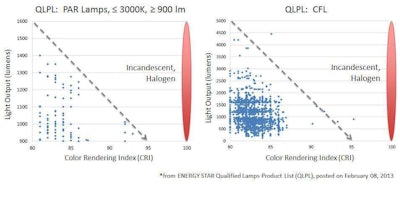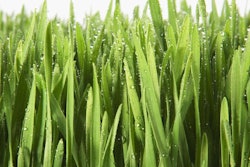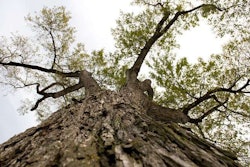
The U.S. Environmental Protection Agency’s (EPA) Energy Star program has been listening to a new source about LED lighting.
Soraa has been urging the company to address light quality, specifically color rendering, in its new lamp specification.
Support for higher color rendering has been expressed by the California Lighting Technology Center, professors Shuji Nakamura and Steven DenBaars, the International Association of Lighting Designers (IALD), Northeast Utilities Companies (NSTAR) and lighting designer Chip Israel. All of which filed comments on EPA’s Draft three-product specification for LED lamps.
Mike Krames, CTO of Sorra, says the Energy Star qualification should be associated with LED lamps to provide a better quality of light. Otherwise, the program will lack credibility with end-users.
In absence of a second high color rendering index (CRI) tier, Soraa says it is likely that the vast majority of lamp products will be engineered to perform close to the lower boundaries of quality requirements as set in the Energy Star lamp specification for cost reasons.
Soraa proposed to the EPA a second high CRI tier with differential efficacy requirements taking into account the inherent lumen per watt trade-off as a function of CRI for phosphor converted white LEDs. Soraa suggested to keep the existing minimum efficacy requirements, but raise the color quality to a minimum CRI 90. For lamps with CRI between 80 and 90, Soraa proposes to increase the luminous efficacy requirements.









